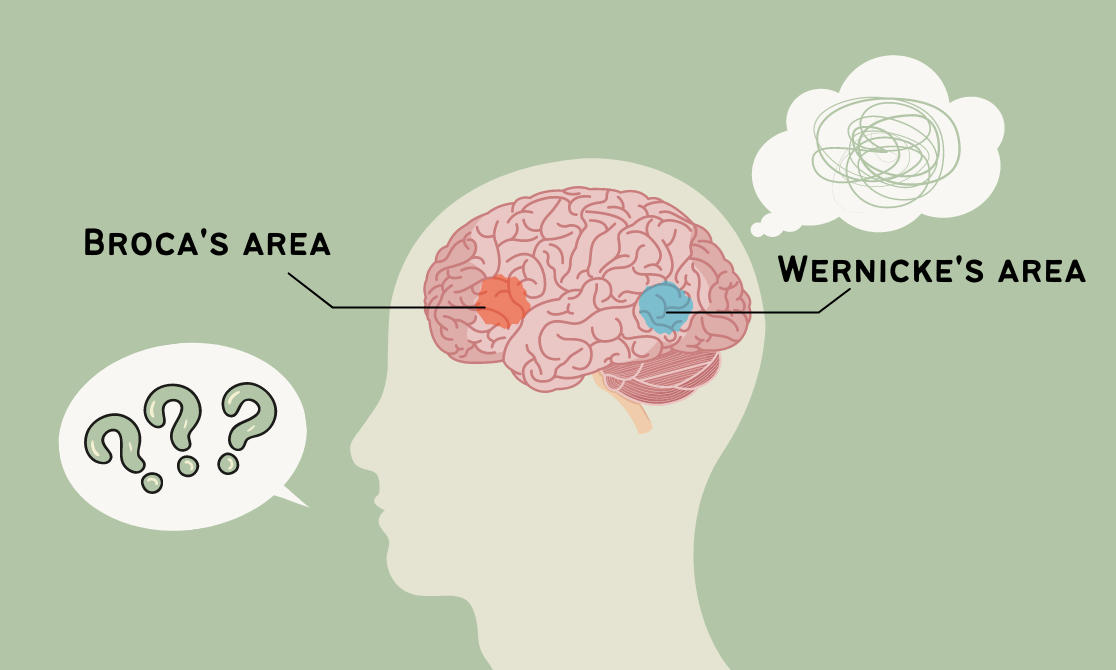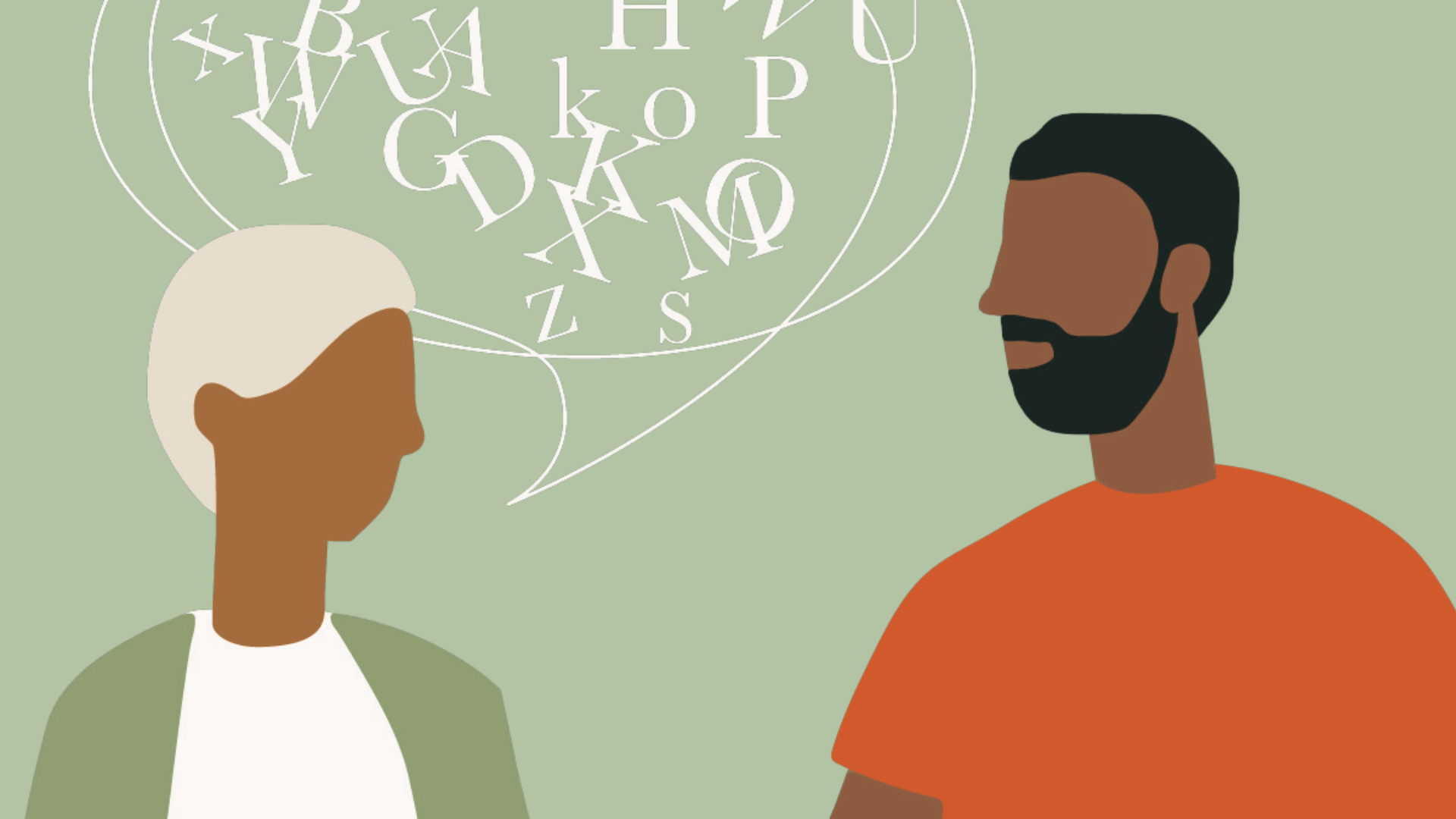Aphasia is a language disorder following neurological damage, typically following a stroke. Aphasia is an acquired language disorder meaning that you cannot be born with it. Everyone with aphasia has word-finding problems to some severity.
Aphasia is a loss of language—NOT a loss of intelligence.
In general, aphasia is a loss of language and difficulty word finding. The signs and symptoms of aphasia will vary based on the exact site of damage. Aphasia affects language across modalities: expressive language (word finding), auditory comprehension, reading, and writing. Every aphasia diagnosis will impact these 4 modalities; however, the type of Aphasia will impact the severity to which they are affected.
Individuals with aphasia may experience the following symptoms:
Word substitutions
Use of nonsense words
Slow, halting speech with frequent grammatical errors
There are 8 types of aphasia: Broca’s, Wernicke’s, transcortical motor, transcortical sensory, mixed transcortical, anomic, and conduction. The two most common types of aphasia being Broca’s aphasia and Wernicke’s aphasia.
Broca’s aphasia occurs after damage to Broca’s area in the left frontal lobe of the brain. Broca’s is a non-fluent aphasia consisting of slow, laborious, halting speech. A person with Broca’s will often be missing function words, but have content words in their speech. Comprehension is relatively preserved in a patient with Broca’s aphasia. It is very common for Apraxia to co-occur with Broca’s aphasia due to the proximity of Broca’s area to the motor planning strip of the brain.
Wernicke’s aphasia occurs after damage to Wernicke’s area in the left temporal lobe of the brain. Wernicke’s aphasia is a fluent aphasia, meaning that they can produce well-formed sentences, but the sentences do not hold any meaning. It is very common in Wernicke’s aphasia to exhibit semantic paraphasias like saying son for daughter. Both auditory and written comprehension is impaired in Wernicke’s aphasia.

Aphasia can be diagnosed by a SLP through a comprehensive language evaluation. This can be done in the hospital following the injury or in an outpatient setting. The assessment will look at language across all modalities: expressive language (word finding), auditory comprehension, reading, and writing. Through the assessment the SLP will be able to differentially diagnose which type of aphasia is present.
Aphasia can be treated with two types of approaches: restorative and compensatory. Restorative approaches are focused on improving or restoring the impaired functions. Compensatory approaches are focused on compensating for the deficits. The approach that is chosen and the treatment plan need to be person and family centered.
National Institute on Deafness and Other Communication Disorders
